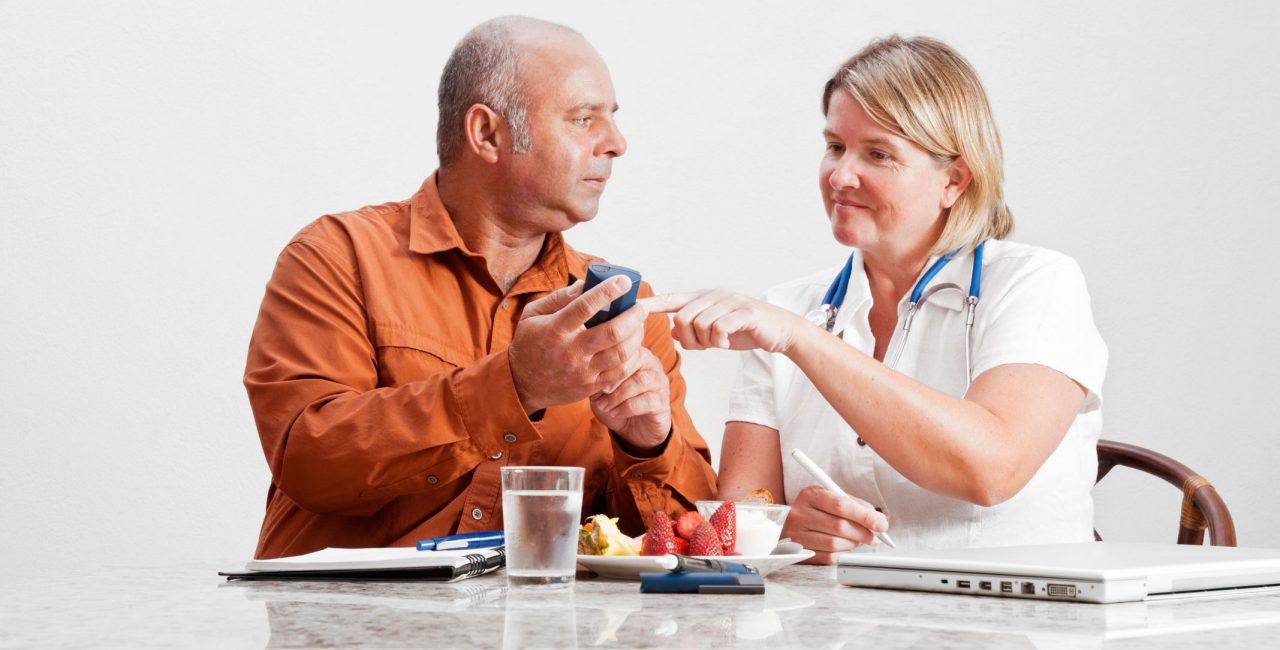Losing Weight Can Reverse Type 2 Diabetes

Can you reverse type 2 diabetes? Believe it or not, many doctors say that weight loss alone can do the trick. Here's how to reverse type 2 diabetes without bariatric surgery.
You may have heard that you can’t turn around type 2 diabetes once it arrives. But it’s not uncommon for obese people who have bariatric surgery and lose a great deal of weight to reverse their diabetes. Many doctors — and the first small studies — say that weight loss alone can do the trick.
It’s a worthy goal, because diabetes can make you miserable. Carolos Cervantes, for example, hit a diabetic’s low in 2011, when he had a heart attack, his kidneys had begun to fail, and a foot amputation was in the wings. He saw a news clip about a study at Newcastle University, in England, in which all 11 subjects were able to reverse their type 2 diabetes after two months of eating just 600 calories a day. He gave it a try, and his blood sugar levels dropped.
YOU MIGHT ALSO LIKE: How Successful Is Bariatric Surgery?
In 2016, the Newcastle researchers published a study of 30 diabetics who again went on a two-month very low-calorie diet designed to mimic the diets of people who have had bariatric surgery. On average, they lost 14 pounds, and thirteen of them reversed their diabetes and had normal blood sugar levels six months after they began their maintenance diet. Most of the successful 13 had been diabetic for less than four years, but some had had the condition for eight years or more.
“This is a radical change in our understanding of type 2 diabetes,” said lead author Roy Taylor, MD. “If we can get across the message that ‘yes, this is a reversible disease — that you will have no more diabetes medications, no more sitting in doctors’ rooms, no more excess health charges’ — that is enormously motivating.”
Put simply, adult or type 2 diabetes can be brought on by fat within the liver and pancreas, which slows down the secretion of insulin by the pancreas. Taylor’s group argues that we each have our own tolerance level for fat within the liver and pancreas. Some people can tolerate a body mass index (BMI) of 40 or more without getting diabetes. Others, particularly people who are ethnically Asian, cannot tolerate a BMI of 22 without diabetes appearing. If you cross your personal threshold, type 2 diabetes develops, he says.
But if you burn off the fat and get to the other side of your threshold, the pancreas may also return to normal insulin activity.
Two months on such a strict diet may seem impossible. In the most recent study, the subjects had three shakes a day plus the option of non-starchy vegetables, adding up to 624 to 700 calories a day. The first 24 or 48 hours are the toughest, Taylor reports, but people rapidly lose the sensation of hunger afterwards. The bigger problem was missing social activities connected to food. Family support goes a long way.
Taylor’s group hopes that their diet will become standard treatment for standard type 2 diabetics in the British national health care system. However, he notes that people who lose weight steadily over 5 to 6 months are more likely to keep it off long-term. For the slow-but-steady approach, he recommends that you cut your calories in half, use smaller plates, eat more slowly, and see the sensation of hunger as a sign of success rather than a signal to eat. Celebrate hunger with a glass of water or carbonated water.
Once you’ve achieved your target, he advises that you get used to eating about two-thirds of what you consumed before you began dieting. If you increase your exercise, don’t eat much, as it’s easy to overcompensate.
Most people, he observes, maintain a consistent healthy weight by weighing themselves weekly and writing their weight down. Keep up a high level of daily physical activity, and “party but payback.” If you eat more on certain occasions, cut back later.
YOU MIGHT ALSO LIKE: Heart Attack Complications Increase with High Blood Sugar
Updated:
February 28, 2020
Reviewed By:
Christopher Nystuen, MD, MBA